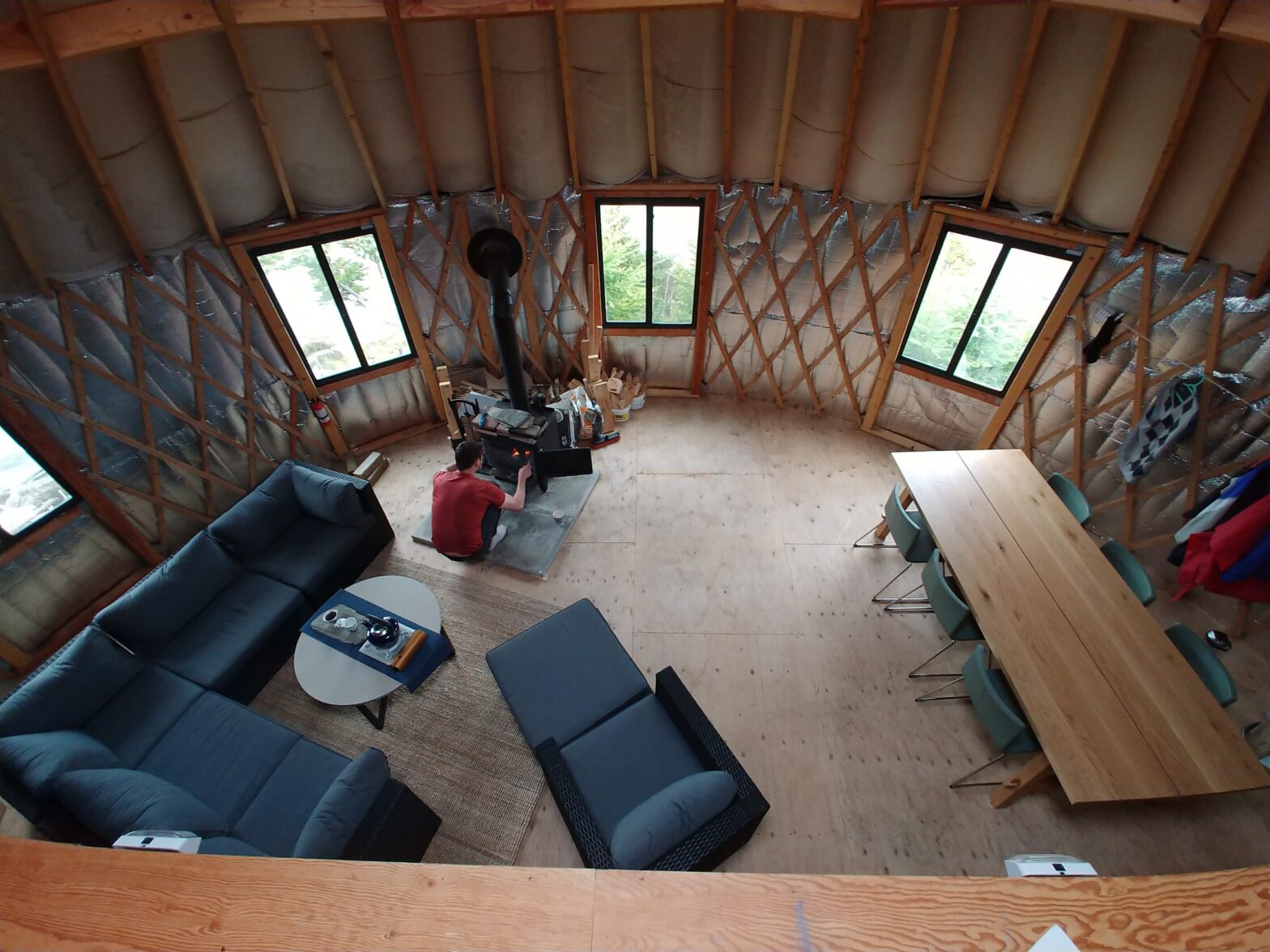This is such a niche thing, but you’d be shocked at how many requests I get for information on how I did it. A couple years back I gave a talk about automation, ranging from home to habits to business, and almost all of the follow-up emails I got were about the curtains.
I first automated my curtains because I thought it would be a neat novelty. My apartment in Las Vegas is a very inexpensive one which you’d never expect would have anything fancy inside, so I thought it would be fun to have automated curtains. After using them for a few years, though, they’ve proven to have far more utility than novelty.
There are three primary advantages to having automated curtains.
The first advantage is that you can have sunlight when you wake up in the morning. I like sleeping in and don’t naturally jump up out of bed in the morning. But when I can hit one button and sunlight starts streaming into my bedroom, I find it really easy to spring out of bed. I also use Tasker on Android to automate this so that if an alarm goes off, my curtains open. I almost never use an alarm, but when I do it tends to be for an early flight, so it helps to get out of bed quickly.
The second advantage is that you can save energy. When I leave my house the curtains close to keep the sun out. I have no idea if this is a significant savings or not, and it is unlikely to save enough money to justify the purchase, but it helps.
Last, it helps me keep my plants alive and my house safe. It looks like I’m home even when I’m gone, because I have the curtains open at sunrise and close at sunset, and this also gives my plants enough light. During the brightest and hottest times of the year I keep the curtains closed for a few hours in the middle of the day when it’s hottest.
And the bonus advantage, of course, is that it’s just cool. When I hit the theater button on my remote, the curtains close, the lights go off, and the projector goes on.
Installing automated curtains is much easier than I expected it would be. There are very expensive solutions, but you can buy the same components they use and build your own.
First, search Aliexpress for “Dooya” and buy one that has a track and motor. I was being a little cheap when I bought mine and I bought tracks that were barely long enough to cover the window. If I were doing it again, I’d go with 6″ extra on each side to help block light out of the sides and expose more of the window when open.
Next you need one motor controller for each curtain. A variety of companies make these and they should cost around $50. I bought one called the Aeon Labs Micro Motor Controller, but it seems hard to find now. Any Z-Wave device that is meant to control a curtain or a motor will work.
Wiring the controller to the curtain is extremely easy and straightforward.
Last, you need a smart home hub if you don’t have one already. I use a Samsung SmartThings hub which I like, but any one should work.
And that’s it! I made a bunch of rules in SmartThings to close curtains when I’m gone, open them when I’m back, open them when I wake up, and close them when I go to sleep. If you have an Android phone, use Tasker and Sharptools to further automate. I made one automation that pops up a dialog when I put my phone on a wireless charger at night and asks me if I want to be woken up in 8 hours. If I click yes it opens the curtains and turns on the lights 8 hours later.
###
I figured a picture of my curtains would be too boring, so this is a photo of the windows on the island which, ironically, don’t have curtains.

Leave a Reply